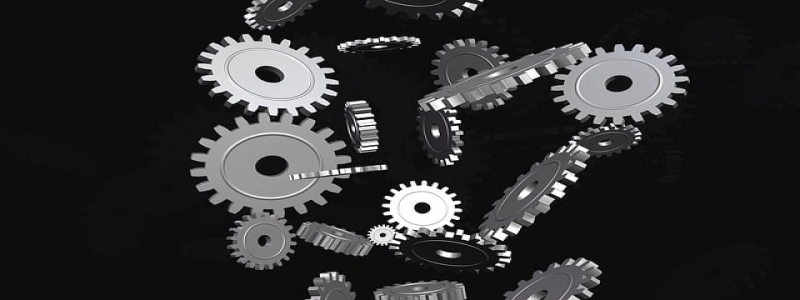Can Fiber Optic Cable be Spliced?
Introduction
Fiber optic cables have revolutionized the telecommunications industry with their ability to transmit large amounts of data at incredibly fast speeds. Cependant, a common question that arises is whether fiber optic cables can be spliced. Dans cet article, we will delve into the topic of fiber optic cable splicing and provide a detailed explanation.
Definition of Fiber Optic Cable Splicing
Fiber optic cable splicing refers to the process of joining two or more fiber optic cables together to form a continuous optical pathway. The purpose of splicing is to extend the length of the cable or repair a damaged portion.
Types of Fiber Optic Cable Splicing
There are two main types of fiber optic cable splicing: mechanical splicing and fusion splicing.
1. Mechanical Splicing
Mechanical splicing involves using special connectors to join fiber optic cables. These connectors align and mechanically hold the fibers together, allowing for the transmission of light signals. Mechanical splicing is a relatively simple and cost-effective method, making it suitable for temporary installations or applications where frequent cable changes are required. Cependant, it may result in higher signal loss compared to fusion splicing.
2. Fusion Splicing
Fusion splicing, d'autre part, involves permanently melting two fiber optic cables together using an electric arc. This method creates a seamless connection that has minimal loss of light signal. Fusion splicing is the preferred choice for permanent installations or where low signal loss is crucial, such as long-distance communication networks or data centers. Although fusion splicing is more complex and expensive than mechanical splicing, it provides superior performance and reliability.
Advantages and Disadvantages of Fiber Optic Cable Splicing
Splicing fiber optic cables offers several advantages, y compris:
1. Increased Cable Length: By splicing cables together, the length of a fiber optic cable can be significantly extended, allowing for connectivity across greater distances.
2. Improved Performance: Splicing ensures a continuous optical pathway, minimizing signal loss and maintaining optimal data transmission rates.
3. Repairs and Upgrades: Splicing allows for the replacement or repair of damaged sections of fiber optic cables without having to replace the entire cable, reducing costs and downtime.
Cependant, fiber optic cable splicing also has some disadvantages, tel que :
1. Skilled Labor Required: Both mechanical and fusion splicing require specialized knowledge and skills. Professionals trained in fiber optic cable splicing techniques are needed to ensure a proper and reliable connection.
2. Higher Costs: Fusion splicing, in particular, can be expensive due to the equipment required. Additionally, the need for skilled labor can add to the overall costs of splicing.
Conclusion
In conclusion, fiber optic cable splicing is possible and serves as an important technique for extending cable lengths and repairing damaged sections. Whether using mechanical splicing for temporary or frequent changes or fusion splicing for permanent and high-performance connections, both methods offer unique advantages and disadvantages. By understanding the types of splicing and the associated considerations, one can make informed decisions regarding fiber optic cable installations and maintenance.








